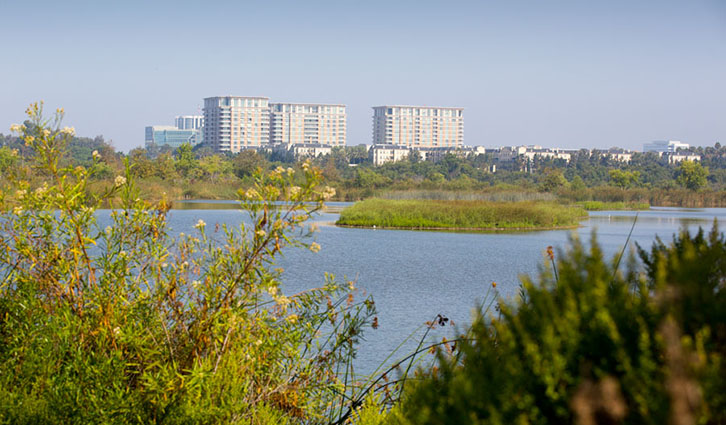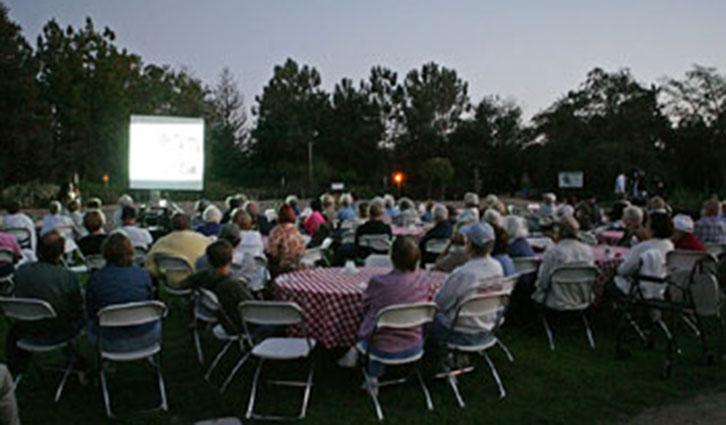Four Irvine Unified School District students were honored at the June 12 Board meeting for their water-related science fair projects.
The students were presented with certificates and each of their schools will receive $100 on their behalf for science programs, with an additional $100 going to support the district science fair.
IRWD has supported the science fair since its inception. In the fall, IRWD professionals participate in Ask-a-Scientist Night, which offers the students the opportunity to get their questions answered about their prospective projects.
This year’s science fair was held at Portola High School, the school district’s newest facility. IRWD Water Quality experts Jessica Tron, David Cole and Mindy Bergen judged more than 35 water-related projects based on the use of the scientific method, creativity, and relevance, completeness of the project and evidence of problem solving.
This year’s winners:
Ainesh Arumugan, grade 10, University High School, “Low-Cost Smart Controller for Optimum Irrigation and Fertilization” This was Ainesh’s second appearance for a science fair honor in which he was recognized for his first smart irrigation controller project. In this version, Ainesh added the fertilizer component. He set out to develop a smart irrigation system that would be able to determine the health of the plants, differentiate between moisture stress and nutrient deficiency, check the weather and set a watering schedule that would best help the plants while conserving water. Ainesh built his device and accomplished his goal. Not only did he win an honorable mention at the county science fair and a senior division award from Engineers Without Borders, but he has a patent pending on his controller.
Aurnov Chattopadhyay, grade 12, University High School, “Efficient Removal of Pb2+, CD2+ and UO2+ from Water”
Aurnov was inspired by the lead crisis in Flint, Michigan water. He cites findings by the World Health Organization that four heavy metals – lead, cadmium, arsenic and mercury among the 10 most dangerous chemicals by public concern. Aurnov wanted to find an effective, but inexpensive method for removing these constituents from water. In his study, he used sustainable nanofiber coagulants synthesized to remove the metals from the water. His experiment was successful and found that one-step modification is a pragmatic solution to heavy metal pollution because coagulation using one-step modified nanofibers is environmentally friendly, economic and efficient. Aurnov’s project won a first place in the senior division at the county science fair. He also won an award from the National Water Research Institute in the senior division and was an Intel Finalist. His project was on display at the International Science Fair in May.
Sabreen Alam, grade 7, Jeffrey Trails Middle School, “Mediated vs. Unmediated Microbral Fuel Cells”
Sabreen set out to answer the question of how does a mediator in a microbial fuel cell affect the amount of energy produced by the microbes in a mud sample from a low-order stream, lake or soil sample. She took mud samples from her backyard, the San Joaquin Marsh, Irvine Lake and San Diego Creek. Her hypothesis stated that the mud samples from the Marsh would generate the most amount of energy in a shorter time because it came from the most ideal ecosystem. Her experiment validated her hypothesis, finding that the microbes in the marsh mud did indeed produce the greatest amount of energy. Sabreen’s project won an honorable mention at the county science fair and was on display at the STEAM Fair at the Great Park.
Aditi Mundra, grade 6, Canyon View Elementary, “Solar Desalination-Does Temperature vs. Time of Day Affect the Amount of water purified?”
Adidi hypothesized that the salt water would purify the most at noon because that’s when the sun’s rays are the strongest. She said the water would purify the second most at 9 a.m. because the sun is just coming up and gaining energy. She said the water would purify the least at 3 p.m. because the sun is going down and heat is decreasing. In her experiment, she turned salt water into pure water using solar energy and measured the quantity in two hours. The results showed that more water was purified at 9 a.m. than her hypothesis of noon. She tried her experiment several times and each time, the period between 9-11 a.m. had the highest amount of drinkable water. Aditi’s project was selected for participation at the county science fair.


















